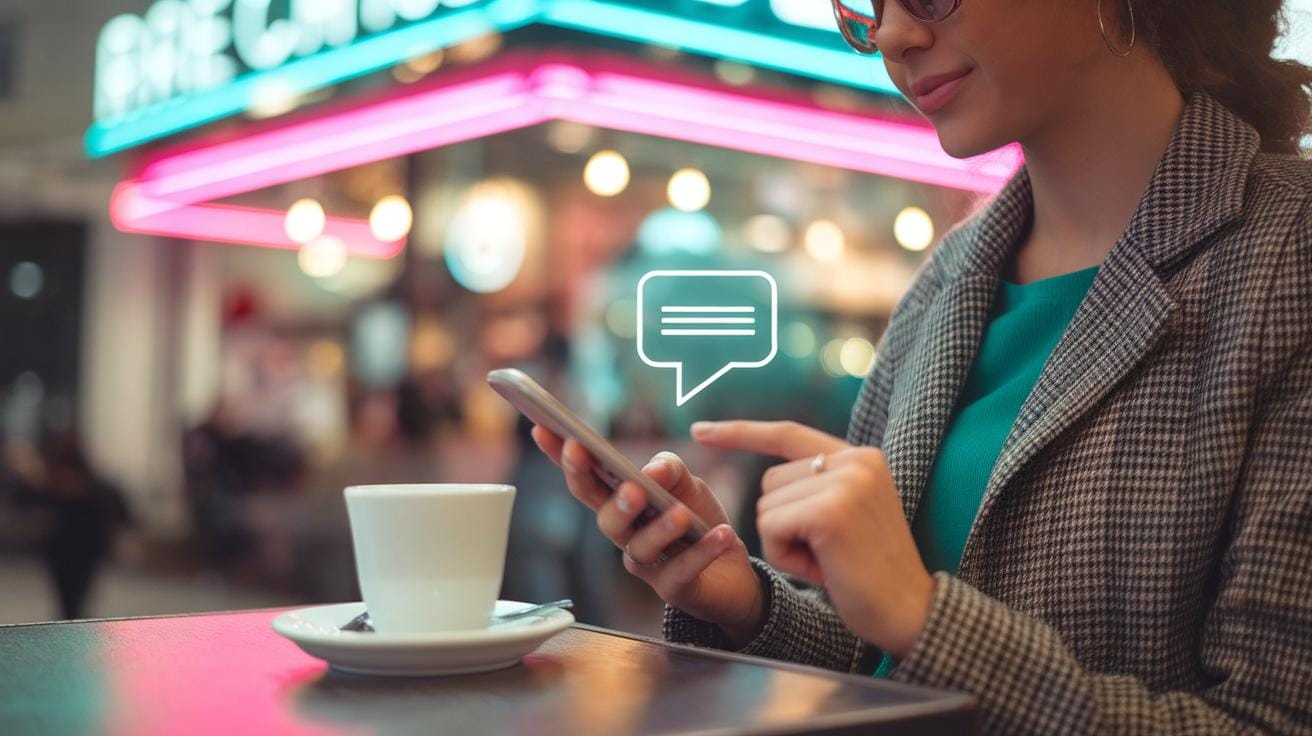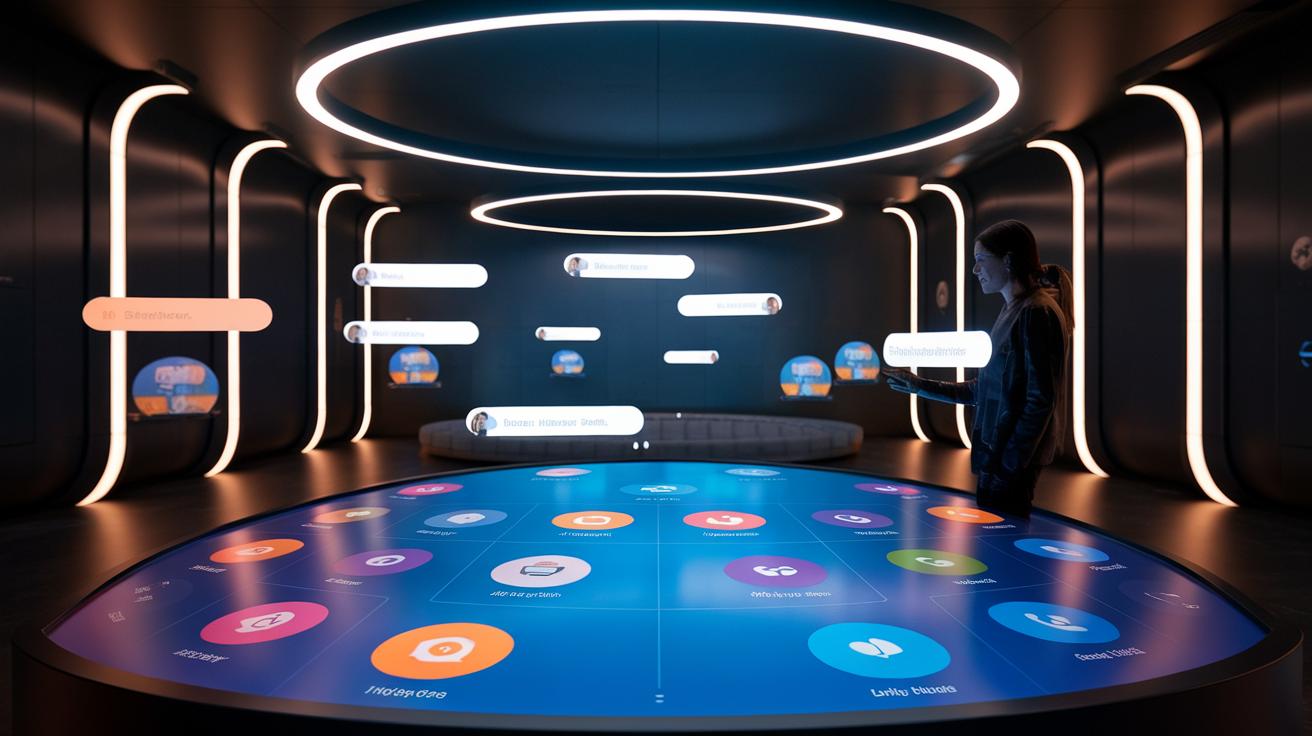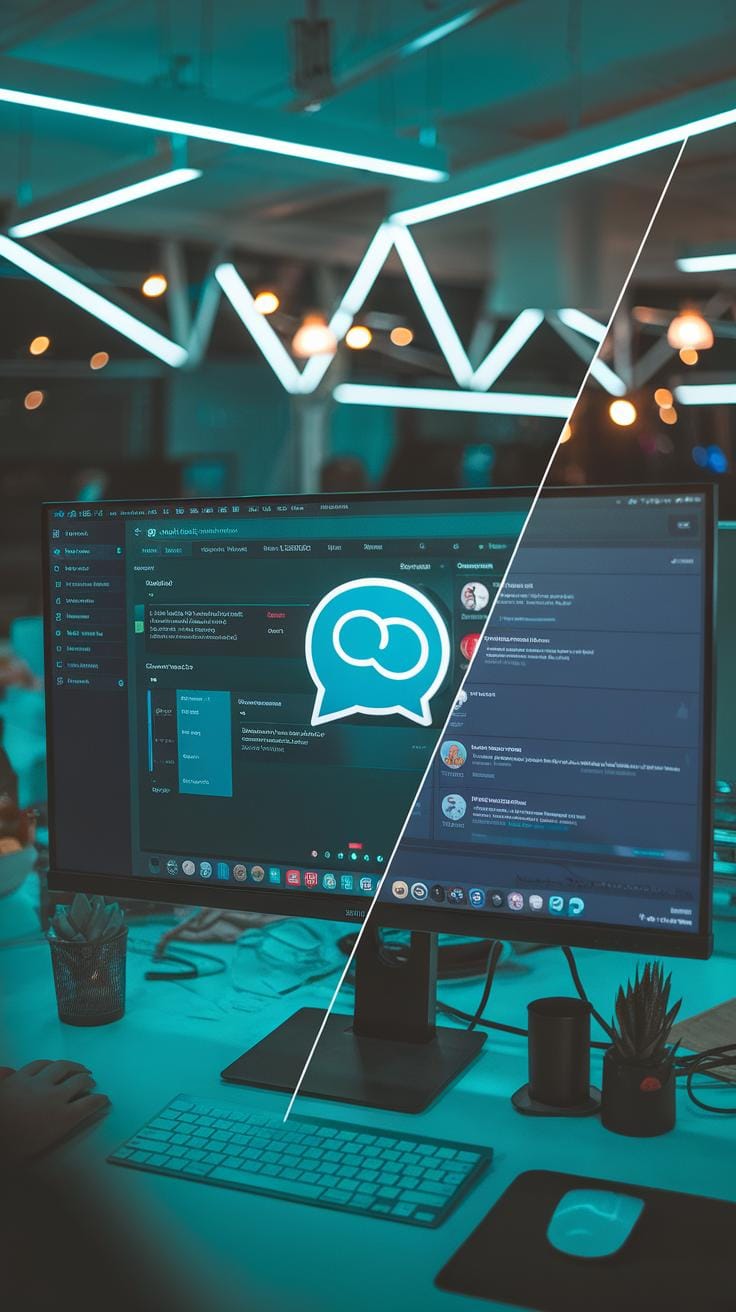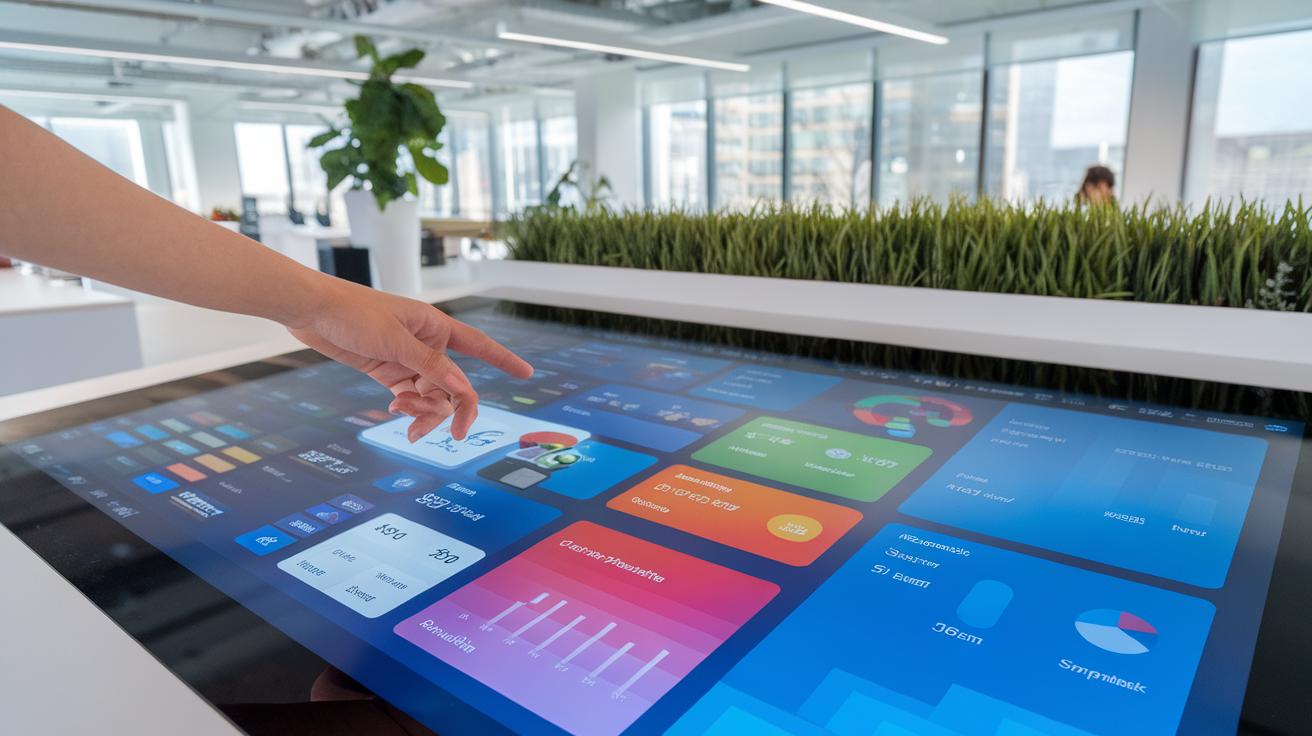Introduction
A personalized chat widget is a powerful tool that can significantly enhance user engagement on your website. This technology customizes interactions based on a visitor’s behaviors and needs, making every conversation more impactful. A well-implemented chat widget can answer queries, provide support, and direct customers to resources tailored to their specific situations. This not only improves the user experience but also can increase conversion rates.
Understanding how to optimize a personalized chat widget is essential for businesses aiming to improve their online presence. You need to consider factors such as user preferences, the timing of messages, and the type of responses provided. By honing these elements, you create a more inviting environment for visitors. What features of your chat widget will resonate most with your audience? Exploring these aspects can lead to meaningful connections with your clients.
Understanding the Personalized Chat Widget
A personalized chat widget is a tool that allows businesses to connect with customers in real-time. It pops up on a website and offers assistance with questions or problems. This widget factors in user behavior, preferences, and previous interactions, tailoring responses for each visitor. For example, if a visitor browses shoes frequently, the widget might suggest popular styles or notify them of sales on footwear.
The main advantage of using a personalized chat widget lies in its ability to enhance customer interaction. People appreciate immediate support tailored to their needs. When customers feel understood, their satisfaction increases. Consider this: when did you last interact with a chatbot that genuinely seemed to know you? This affinity can boost trust and loyalty towards your brand. Personalized service leads to better conversions, as satisfied customers are more likely to make purchases.
Functions of a Personalized Chat Widget
This chat tool serves multiple functions. It answers questions, provides product recommendations, and supports order tracking. You could set automated responses for common inquiries. This setup saves time for both you and your customers. Real-time communication fosters engagement, making it easier to assist customers exactly when they need help.
Advantages for Businesses
Adopting a personalized chat widget helps businesses stand out. It can capture visitor data to improve marketing strategies. By analyzing chat data, you can identify customer trends and preferences. This understanding allows you to tailor promotions effectively. Ultimately, personalization creates a better experience, turning casual visitors into repeat customers. Consider how this tool aligns with your growth strategy. Are you ready to improve your customer interactions?
Key Features of Effective Chat Widgets
Design and Functionality
Successful chat widgets combine good design with strong functionality. A clean interface attracts users. Simple navigation encourages conversations. Use visual cues like buttons and icons to guide users effectively. Your chat widget should also be responsive on mobile devices. Many customers engage through smartphones. If your widget doesn’t function well on these devices, you could lose interactions.
Personalization Options
Effective chat widgets offer personalization features. Tailor greetings and responses based on user data. For example, if a returning customer visits your site, welcome them back by name. You can increase satisfaction by showing you recognize their past interactions. Ask questions related to their previous purchases to keep the conversation flowing.
Real-Time Responses
Instant replies are key to user engagement. Your chat widget should prompt users swiftly. Delays can frustrate visitors and lead to drop-offs. Automated responses can handle common queries, directing complex issues to human agents. This balance keeps customers satisfied while ensuring support efficiency.
Analytics and Tracking
Integrating analytics improves your understanding of user behavior. Track chat interaction patterns to identify frequent questions. Use this data to enhance your FAQ section. Regularly review performance metrics to optimize chat strategies. Knowledge of how users engage can help you tweak your approach for better results.
Integration Capabilities
Choose a chat widget that integrates seamlessly with your existing tools. Effective integration allows you to streamline your customer service processes. Connect your chat tool to social media platforms for wider reach. This adaptability increases convenience for users, making it easier for them to reach out through their preferred channels.
Optimizing Chat Timings and Triggers
Understanding Timing and Triggers
Effective chat engagement relies heavily on timing and the right triggers. You want your chat widget to pop up when a user shows interest, not when they’re distracted. For instance, consider implementing a trigger that activates after a visitor has spent a certain amount of time on your site. This person is more likely to engage.
You can also track actions, such as hovering over a product or adding an item to a cart. These moments indicate readiness for assistance. Research shows that timely chat invitations can boost response rates by as much as 50 percent. How often do you analyze user behavior patterns to find the best moments to engage?
Testing and Adapting
Testing different timings and triggers gives you valuable insights. A/B testing allows you to see what works best. For example, if you notice a particular trigger leads to more conversations, consider refining it further. Always adjust your approach based on data. Consistent analysis helps you identify success over time. Are you using data to your advantage or relying on guesswork?
Crafting the Right Messages
Creating Engaging Messages
Your chat widget messages must capture attention quickly. Start with a friendly greeting. Consider this: How does your message sound? It should feel welcoming and clear. Instead of long sentences, use short and simple phrases. For example, “Hi! How can I help you today?” is more inviting than, “Hello, do you require assistance with something?”
Focus on the needs of your users. Ask questions that spark interest. For instance, “What brings you here today?” encourages interaction. Personalize responses based on the user’s behavior. If they visit a product page frequently, mention that specific product in your message. This slight touch can boost engagement.
Concise and Actionable Risks
Every message should guide the user. Help them know what to do next. For example, “Click here for more info” is clear and directs action. Avoid jargon. Instead, use straightforward language. A simpler message reaches a wider audience.
Regularly review your chat interactions. What resonated with users? What didn’t? Use this information to refine your messages. Are users responding positively or negatively? Collect feedback to adjust your approach. This cycle of crafting, testing, and refining will enhance your engagement strategy over time.
Analyzing User Interactions
Understanding how users interact with your chat widget provides significant insights. Analyzing these interactions helps you identify patterns and preferences. You can learn which questions or topics receive the most engagement. This knowledge allows you to tailor your conversations accordingly.
For example, if many users ask about shipping times, you can create specific responses that address this concern upfront. By offering clear answers, you build trust and reduce frustration. Have you ever noticed a trend that surprised you? This reflection might lead to discovering new opportunities for improvement.
Track metrics like response time and customer feedback. These data points reveal the effectiveness of your messaging strategies. Consider using tools to gain in-depth analytics. Keeping an eye on these metrics can help you enhance user satisfaction and keep your audience engaged.
Integrating Chat Widgets with Other Tools
Integrating chat widgets with other business tools can significantly enhance customer interactions. You can connect these widgets with CRM systems to keep track of customer conversations. For example, when you integrate a chat widget with Salesforce, every chat automatically logs into the customer’s profile. This saves time and provides context for future conversations.
Linking chat widgets to email marketing tools can also increase engagement. You can send follow-up emails based on the chat interactions. If a customer asks about a product, you can email them related offers right away. Think about how this can improve your marketing efforts.
Consider connecting chat widgets with analytics platforms. This helps you to measure interactions and fine-tune your strategies. You’ll see what works and what doesn’t, helping you meet customer needs effectively.
How do you currently use different tools together? Are you maximizing these integrations? Streamlining your tools can make a noticeable difference in customer satisfaction.
Feedback and Continuous Improvement
Gathering feedback on your personalized chat widget plays a vital role in its effectiveness. Asking users about their experiences helps identify areas for improvement. You can use surveys or direct chat feedback to understand what users appreciate and where they encounter issues. For example, if many customers mention that the widget is slow to respond, addressing this concern can enhance user satisfaction.
Engaging customers for their thoughts not only builds trust but also drives innovation. You might ask, “What features would you like to see?” A simple question like this can inspire new ideas and functions. Companies that actively seek feedback often see increased customer loyalty. You can also analyze chat logs to discover common queries and topics. This data can lead to improvements in your content and service offerings.
Using feedback to make adjustments is a continuous cycle. When you implement changes based on customer suggestions, you demonstrate that you value their input. Regular updates make the chat widget more relevant and useful. This process keeps the conversation going and shows that you are listening, ultimately leading to higher engagement and satisfaction.
Future Trends in Chat Widgets
AI and Machine Learning Integration
AI and machine learning will shape the future of chat widgets. These technologies can analyze and learn from past customer interactions. This leads to more accurate responses over time. For example, a widget could remember user preferences and provide tailored suggestions. Wouldn’t it be easier if the chat could anticipate your needs based on previous conversations?
Voice Recognition Features
Voice recognition is another trend gaining traction. Consumers increasingly seek hands-free solutions. Imagine talking to a chat widget instead of typing. This could make interactions faster and more natural. Businesses that implement voice features could enhance customer satisfaction significantly. Are you ready to speak your queries instead of typing them?
Omnichannel Support
Future chat widgets will support multiple platforms seamlessly. Users expect to switch between different devices without losing context. A conversation started on a website should continue on a mobile app. Think about it: how often have you switched devices while chatting? The more connected your chat options are, the better your customer experience will be.
Enhanced Data Privacy Options
Data privacy remains a top concern for users. Future chat widgets must prioritize secure interactions. Features that allow users to control their data will increase trust. Business transparency about data usage will be a key factor in customer retention. How comforting would it be to know your information is safe every time you chat?
Conclusions
Understanding the power of a personalized chat widget is crucial in today’s digital world. By optimizing its features, you engage users more effectively, enhancing their experience. Remember, the goal is to create a system that responds intelligently to customer needs. The result is likely to be improved satisfaction and loyalty from your visitors.
Take time to review your current chat strategies. Are they meeting the demands of your audience? Reflecting on these questions will help you adapt and refine your approach. Engaging with your audience through a personalized chat widget can make a significant difference in your overall customer experience and business success.


















